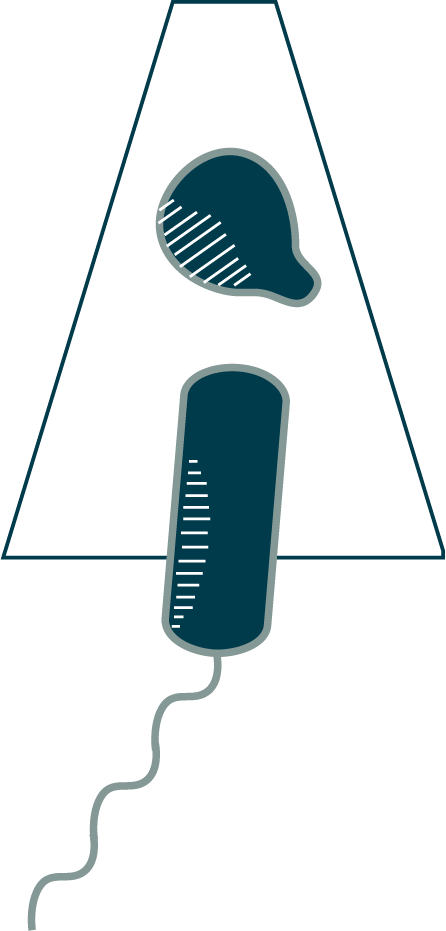

If a structure can be purified out of the cell, we can visualize even more details. For a large, complex machine like the flagellar motor you just saw, particularly if it is embedded in the cell’s membranes, the complete structure can only be studied in situ, inside the cell. But parts of it can be purified out of the cell and visualized by cryo-EM single particle reconstruction. This technique is conceptually similar to sub-tomogram averaging, with images of many identical copies of a structure of interest averaged to produce a higher-resolution view. Instead of using tomography to see different angles, we take advantage of the fact that a random snapshot will capture individual copies in different orientations to provide all the views we need from just one or a few projection images. Usually tens of thousands of copies are averaged, often yielding resolutions of a few angstroms, sufficient to see the placement of each amino acid so that we can construct an atomic model of the structure like you see here. This structure is a ring complex embedded in the membrane that functions as part of the rotor of the flagellar motor [11]. It comprises more than two dozen copies of a protein called FliF; a single monomer is highlighted here in dark blue. EMD-10143 PDB: 6SCN
You will see many examples of high-resolution structures solved by this technique in the pages to come. It is mainly applied to large proteins and complexes, since most of the individual proteins in the cell are too small to be accurately aligned for reconstruction.